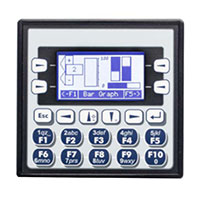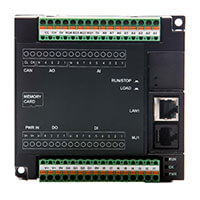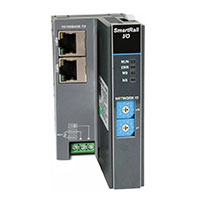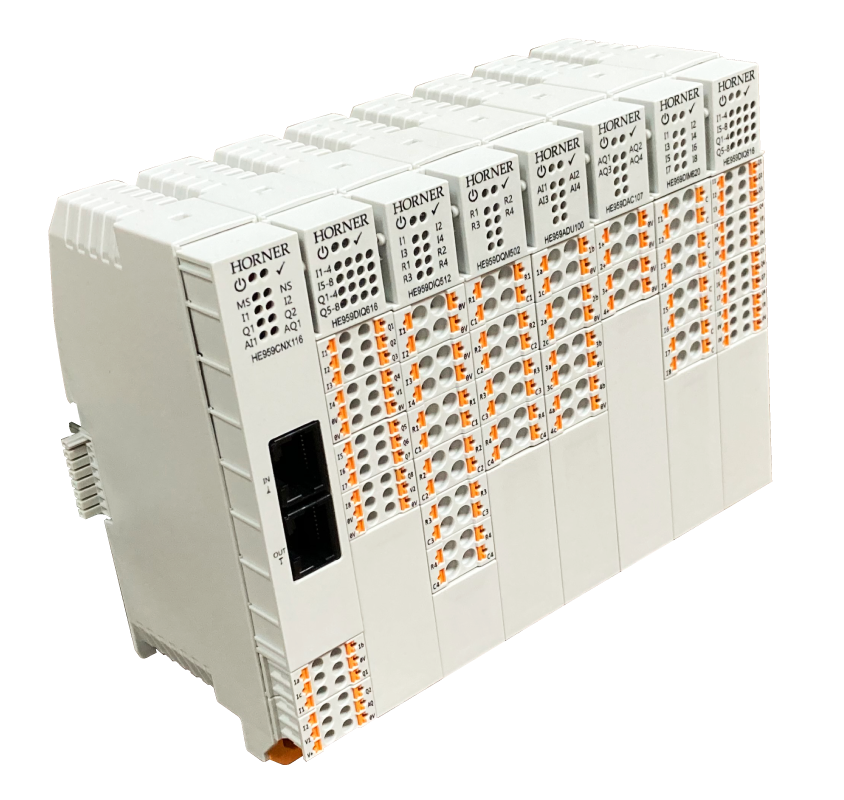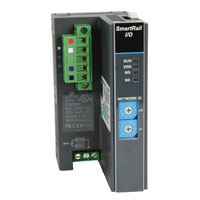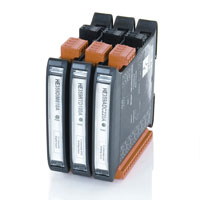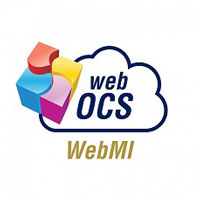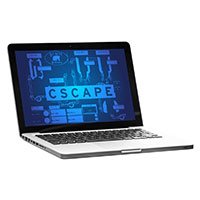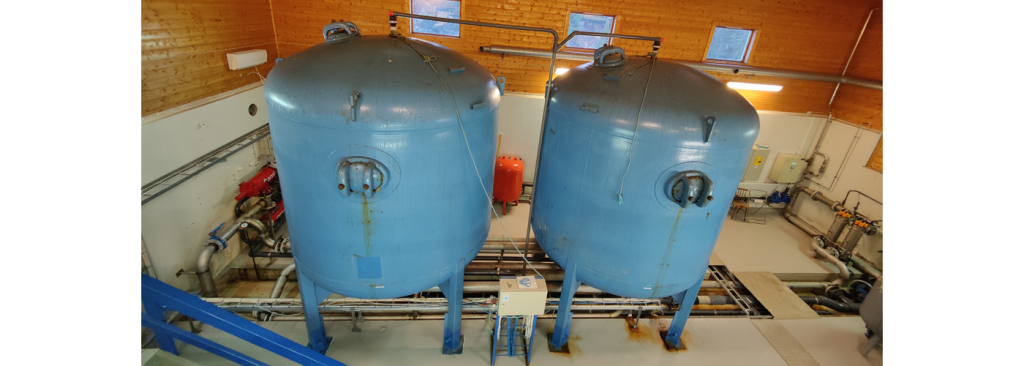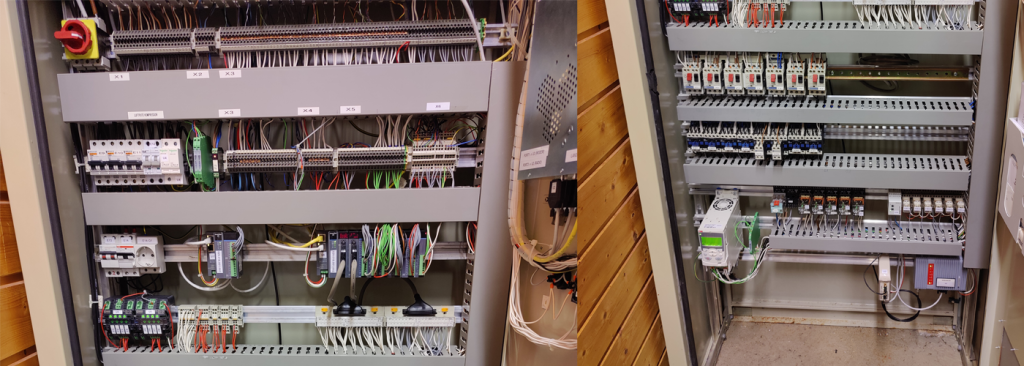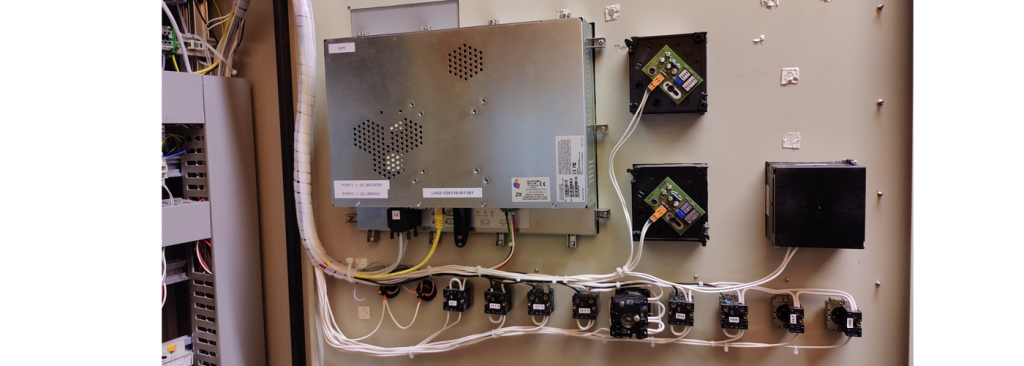The main aims of this project were to simplify the day-today work for the operator of the water treatment plant and to ensure a stable, high quality water treatment process.
The water treatment plant is fed from a mountain lake, through a 300mm pipe, at about 4 bars of pressure (natural high difference, no pumps).
The facility supplies water to roughly 500 homes in addition to a local nursing home and local businesses.
First the water runs through a course filter with automatic backwash, and then goes through two 25m3 tanks that further clean the water through an ion exchange process. The water then goes through one of two UV-lamp assemblies, before being delivered out, both directly to the nearest houses, and later via a series of pump-stations and in-ground water reservoirs (that we also have installed controllers in).
The ion exchange tanks are cleaned on user-defined intervals with a solution mixed from: salt-brine, caustic soda, and water. The solution is prepared, pumped into the tank, diluted, and then pumped back out. The solution is used and refilled a set number of times before the operator empties the storage-tank, cleans it, and then starts the process to mix a new batch automatically.
The pH is also managed by injecting sodium silicate and adjusting the amount as the waterflow goes up/down. In case of a power-cut, an automatic dosing of chlorine replaces the UV-lamps and ensures a secure water-flow even without power.
On the other stations, Prosess Automasjon AS have installed/delivered previously, they had started to implement a Modbus radio-network on the 400Mhz range (Racom radios).
The collection of information the satellite-stations around the treatment plant and showing it on screen were an important part of this project. They also implemented SMS-alarms for them all.



